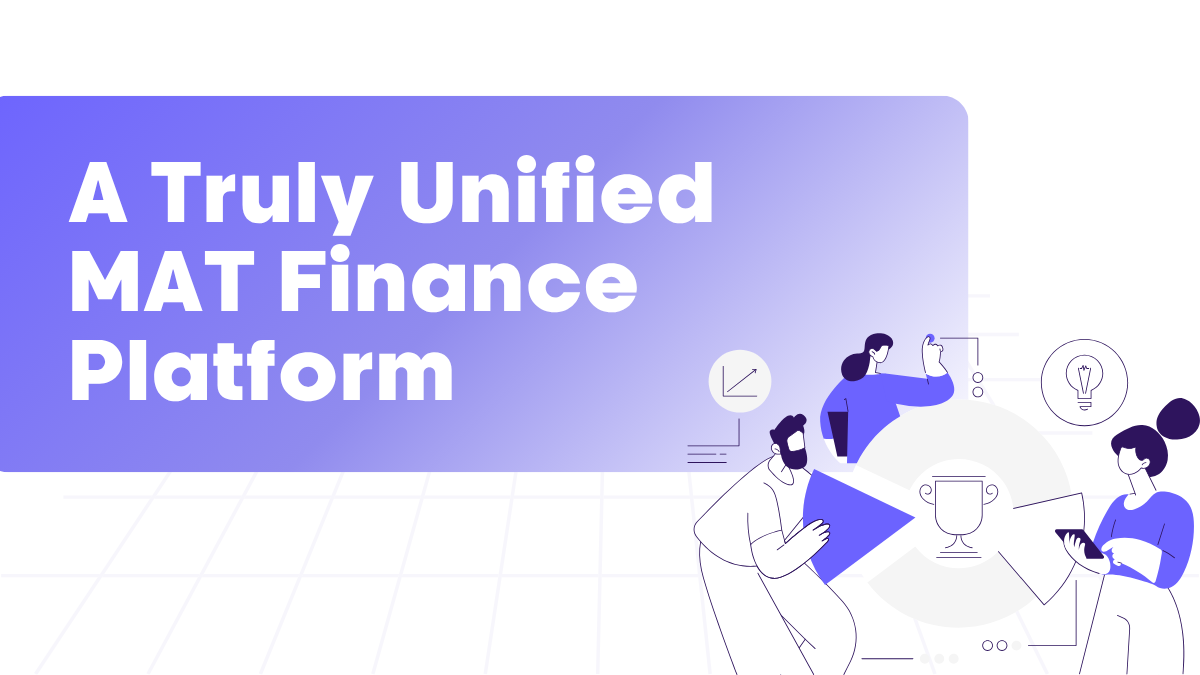GAG pooling, as a financial model, has long been debated in the sector – and not always positively – to the point that it has recently been reported by Schools Week that the Department for Education (DfE) is actively considering drawing up GAG pooling guidance.
Eagled-eyed MAT finance experts will have noted GAG pooling has already evolved in the past two versions of the Academy Trust Handbook. In 2022, it was described as: “A trust with multiple academies can amalgamate GAG for its academies to form one central fund. This can be used to meet the running costs at any constituent academy within the trust.”
Yet in the 2023 version, the description was extended to read: “The ability to amalgamate and direct funds to meet improvement priorities and needs across the trust’s schools can be integral to a trust’s successful financial operating model. A trust with multiple academies can amalgamate GAG for its academies to form one central fund. This practice can enhance a trust’s ability to allocate resources in line with improvement priorities and running costs across the trust’s constituent academies.”
This, in itself, is a major change within the space of a year and indicates the growing sense from DfE and the Education and Skills Funding Agency (ESFA) that GAG pooling can be a powerful force to ensure that resources are allocated upon need.
We have convened discussions on GAG pooling for a number of years now, most recently in GAG Pooling & Centralisation in MATs: 2024 Update, a report we produced in collaboration with CJK Associates.
Here are five things we learned in the report.
1. Pooling (generally) is on the rise
Our survey of 155 MAT representatives covering trusts of all sizes across England responding to our needs-based budgeting survey demonstrates that an increasingly large number of MATs are already pooling or actively considering it, building on similar upward trajectories highlighted by other insight reports we have published.
Nearly half of MATs (47%) already pool reserves centrally before allocating to school and other budget holders and 20% pool their GAG. However, a further 29% would like to pool reserves and nearly 38% would like to pool their GAG.
This implies that, in the future, up to 80% of trusts will pool reserves and nearly 60% will implement GAG pooling.
2. Clarity of purpose for GAG pooling
Looking after financially weaker schools or targeting additional resource is the main benefit highlighted by 94% of trusts already GAG pooling.
For those intending to GAG pool in future, driving operational efficiencies is cited by 97% as the main expected benefit. Educational leaders responsible for educational budgets and looking after financially weaker schools also feature highly. The change is motivated by a desire for financial stability, equal opportunities, and strategic growth considerations.
School groups already pooling GAG focus on fostering equality between schools, providing consistent support, and efficiently allocating resources to meet the diverse needs of all students within the trust.
3. ICFP is the main principle that underpins GAG pooling
A ‘Needs-based model/Integrated Curriculum Financial Planning (ICFP)’ approach is the most common for trusts already GAG pooling (68%), and the most expected approach for those who intend to (57%).
Top-slice MAT (a continuance of local budgets but with a high degree of pooling for central services, contingency, reserves, etc) is the approach used by 50% of trusts who are not currently GAG pooling but would like to in the future.
Around 80% of respondents scored their likelihood of recommending the approach they took to implementing GAG pooling as 8 out of 10 or higher, and in fact over half gave this a 9 or 10, so the stories behind this are important to share.
4. Bringing colleagues on the GAG pooling journey
Our report featured several case-study examples, including a 2-5 school MAT which following an in-principle conversation on the pros and cons of GAG pooling, and further consultation, moved from a top-slice budget model in one financial year to a GAG pooled model the next.
Early engagement with headteachers to cover any concerns and provide a better understanding of the benefits of GAG pooling was key; some had limited knowledge of financial models and the differences between top-slicing and GAG pooling were not widely known.
“Pooling of GAG allows us to target investment into under-performing or financially weaker academies, accelerating improvements or supporting schools whilst pupil numbers increase, and financial efficiencies are made to return budgets to a stronger position,” the CFO told us. “Our reasons for pooling, and therefore communications to headteachers, were focused on school improvement and sharing of resources rather than evening out funding formulas.”
5. Pooling is not for everyone (and that’s OK)
The decision not to pool funds often revolves around trust in existing funding mechanisms, the desire for local control, concerns about bureaucracy, and considerations relating to the size and context of the trust.
For those who do not GAG pool, the main reasons provided by respondents to our survey are colleagues feeling funds are allocated specifically to students in that school (51%), the perceived impact on school autonomy (51%), and a sense that schools with strong existing finances would be reluctant to join them (49%).
GAG pooling is just one financial model, albeit growing in traction. Our report is also valuable in highlighting shared learning from, and case studies of, trusts using different funding allocations. Each trust has their own context, so it is important that this leads their views/approach around GAG Pooling (or not), so there is no right or wrong answer around which approach is best.
Learn how MATs are approaching GAG Pooling in 2024
Watch the 30th Episode of the MAT Finance Show:




